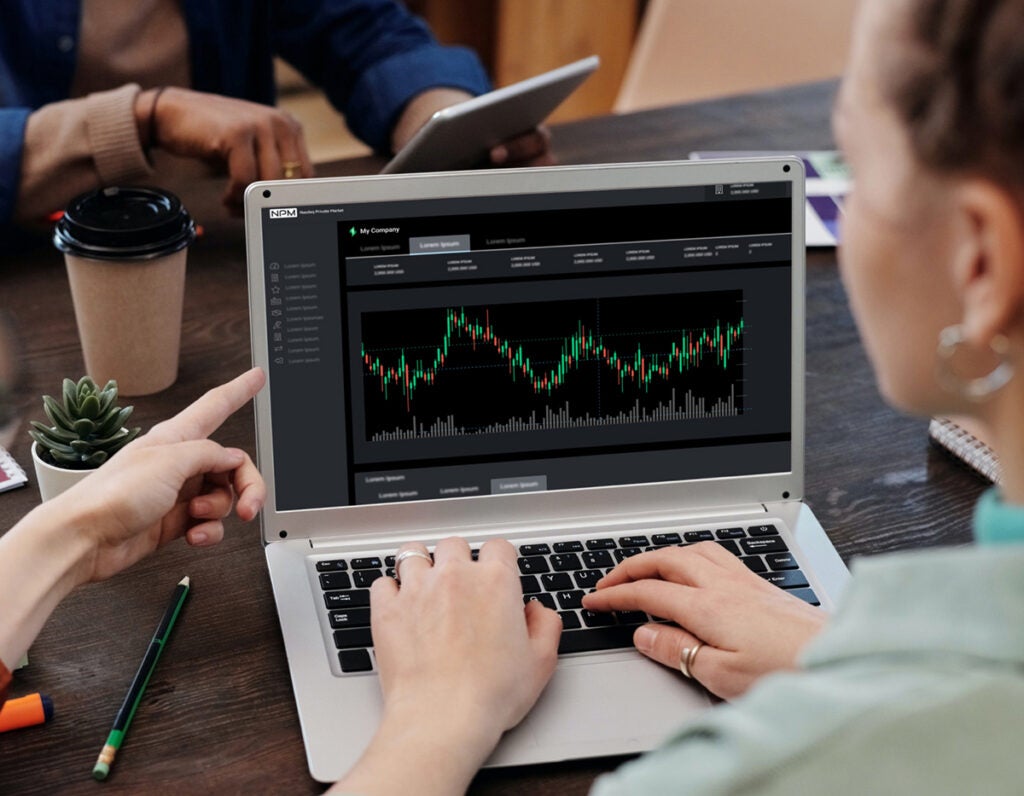Nasdaq Private Market (NPM) had a record-setting 2018 as annual transaction volume surged to $12 billion and demand for secondary programs rose, demonstrating that private company-sponsored liquidity programs are now commonplace and flourishing.
Nasdaq Private Market (NPM) had a record-setting 2018 as annual transaction volume surged to $12 billion and demand for secondary programs rose, demonstrating that private company-sponsored liquidity programs are now commonplace and flourishing.
The total number of liquidity programs increased to 79, surpassing the 51 programs in 2017, as NPM attracted more new clients in 2018 than its total number of clients the year prior. With 49 new clients and 22 repeat clients, transaction volume almost quadrupled year over year to $12 billion, driven by multiple billion-dollar transactions, a significant achievement for NPM in the in private company secondaries space.
NPM’s innovative technology and expertise in client management and liquidity programs deliver more solutions to private companies than ever before. Since its inception in 2013, NPM has facilitated more than 230 transactions for private companies, generating $19 billion in transaction volume and supporting over 24,000 shareholders.
“Private companies see the advantages in Nasdaq Private Market’s experience, client service, and sophisticated buyer network. By taking a proactive approach to structured liquidity programs, our clients can give their employees and investors an opportunity to realize value during the pre-IPO stage of their corporate lifecycle,” said Eric Folkemer, head of Nasdaq Private Market. “We experienced record growth in 2018 as private companies look to our market-leading technology and expertise for their secondary liquidity programs.”

Younger Companies Conducting Liquidity Programs
NPM works with companies of all stages in their lifecycle, but conducting liquidity programs at a younger stage has become a noticeable trend. The most common age range of companies coming to NPM in the past year to conduct their liquidity programs was six- or seven-years-old, as compared to the past two years when the median age of a private company was 10-years-old.
These mid-range companies seek NPM’s expertise in three general areas: rewarding employees; cap-table cleanup of misaligned shareholders; and, finding a strategic investor via NPM’s buyer network to help carry them toward the next step in their company lifecycle.
Rising Demand for Secondary Programs
Private companies are approaching liquidity more proactively than in previous years, with a majority of companies completing a program within four months of a recent financing round. Those companies often leverage newfound demand or funds from a recent primary raise, and it is not uncommon for companies to contact NPM before their primary rounds have concluded to begin planning their next liquidity program.
There also was a meaningful shift in the primary driver of secondary activity in the market to third party purchasers from buybacks. This shift reflects two trends: the continued strength of the private sector and investor demand, and more companies allowing outside investors to determine pricing rather than the companies themselves.
With the market moving towards more fair market pricing, NPM sees a growing interest in auction formats rather than tender offers and anticipates greater demand for the auction format in 2019. NPM’s technology, infrastructure and processes supported multiple auctions last year.
Institutional Dry Powder Fuels Third Party Programs
For the first time, the number of transactions involving a third party purchaser was greater than the number of company repurchase programs in 2018. NPM’s third party purchaser transactions rose to 46 in 2018, exceeding the 33 repurchase programs, and a marked increase from the 13 third party programs in 2016.
NPM found that programs with third party purchasers were more successful in meeting the desired allocation of the buyer, with a median 81% of the total offering value transacted by participating sellers.
With mega-rounds and institutional funding reaching record levels, investors, company executives, and founders are increasingly focused on capital deployment and bringing liquidity to private companies.
Please read these important legal notices and disclosures
The information contained herein is provided for informational and educational purposes only. The Nasdaq Private Market website is not intended to provide legal, tax, investment or financial advice.
None of the information provided herein, or information displayed on or downloadable from, nor any of the applications and services
Available, via the Nasdaq Private Market website represents an offer to buy or sell, or the solicitation of an offer to buy or sell, any security, nor does it constitute an offer to provide legal, tax or investment advice or service.
Investing in private company stocks is speculative and involves a high degree of risk. You must be prepared to withstand a total loss of your investment. You are strongly encouraged to complete your own independent due diligence before investing in private company stock, including obtaining additional information, opinions, financial projections, and legal or other investment advice.
The NASDAQ Private Market, LLC is not: (a) a registered exchange under the Securities Exchange Act of 1934; (b) a registered investment advisor under the Investment Advisors Act of 1940; or (c) a financial or tax planner, and does not offer legal, financial, investment or tax advice to any user of the Nasdaq Private Market website.
Technology services may be offered by the NASDAQ Private Market, LLC’s wholly-owned subsidiary, SecondMarket Solutions, Inc. Securities-related services offered through NPM Securities, LLC, a registered broker-dealer and alternative trading system and SMTX, LLC, a registered broker-dealer, each of which is a member FINRA/SIPC and wholly-owned subsidiary of the NASDAQ Private Market, LLC. Transactions in securities conducted through NPM Securities, LLC and SMTX, LLC are not listed or traded on the Nasdaq Stock Market LLC, nor are the securities subject to the same listing or qualification standards applicable to securities listed or traded on the Nasdaq Stock Market LLC.
The views and opinions expressed herein are the views and opinions of the author and do not necessarily reflect those of Nasdaq, Inc.



